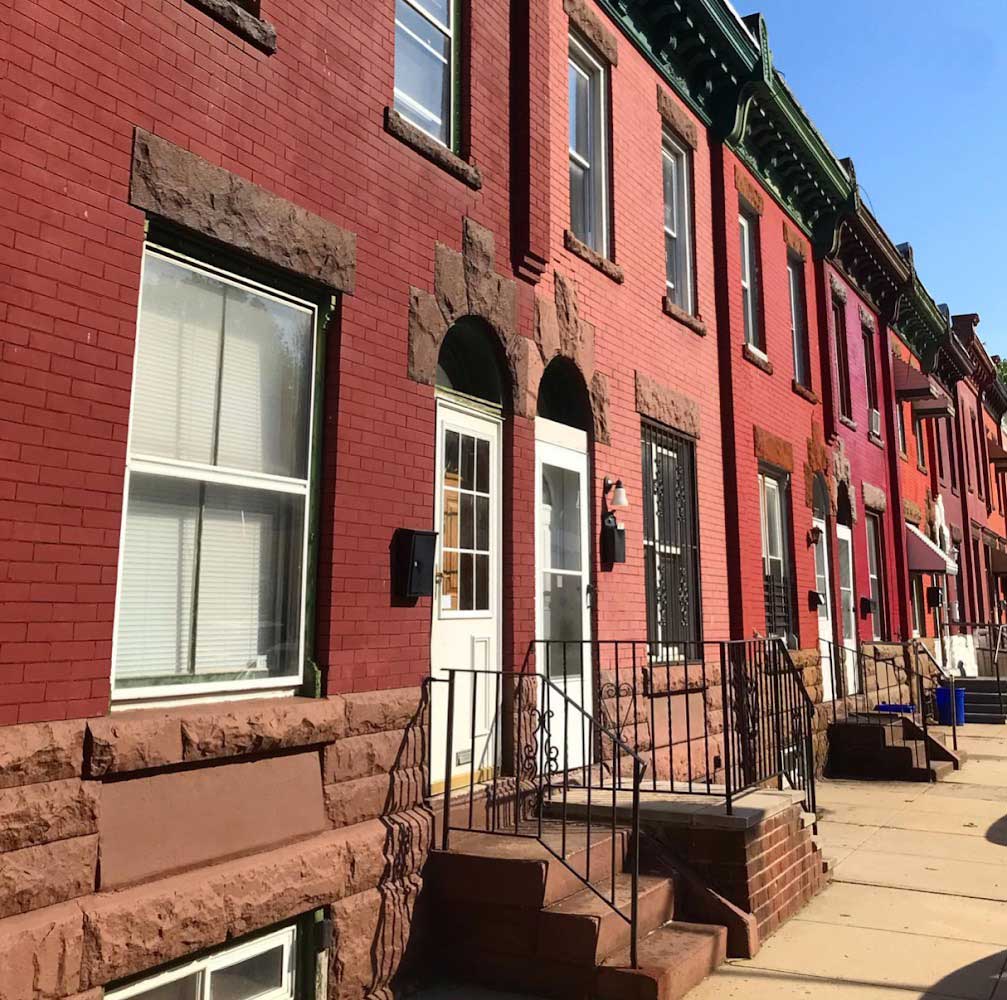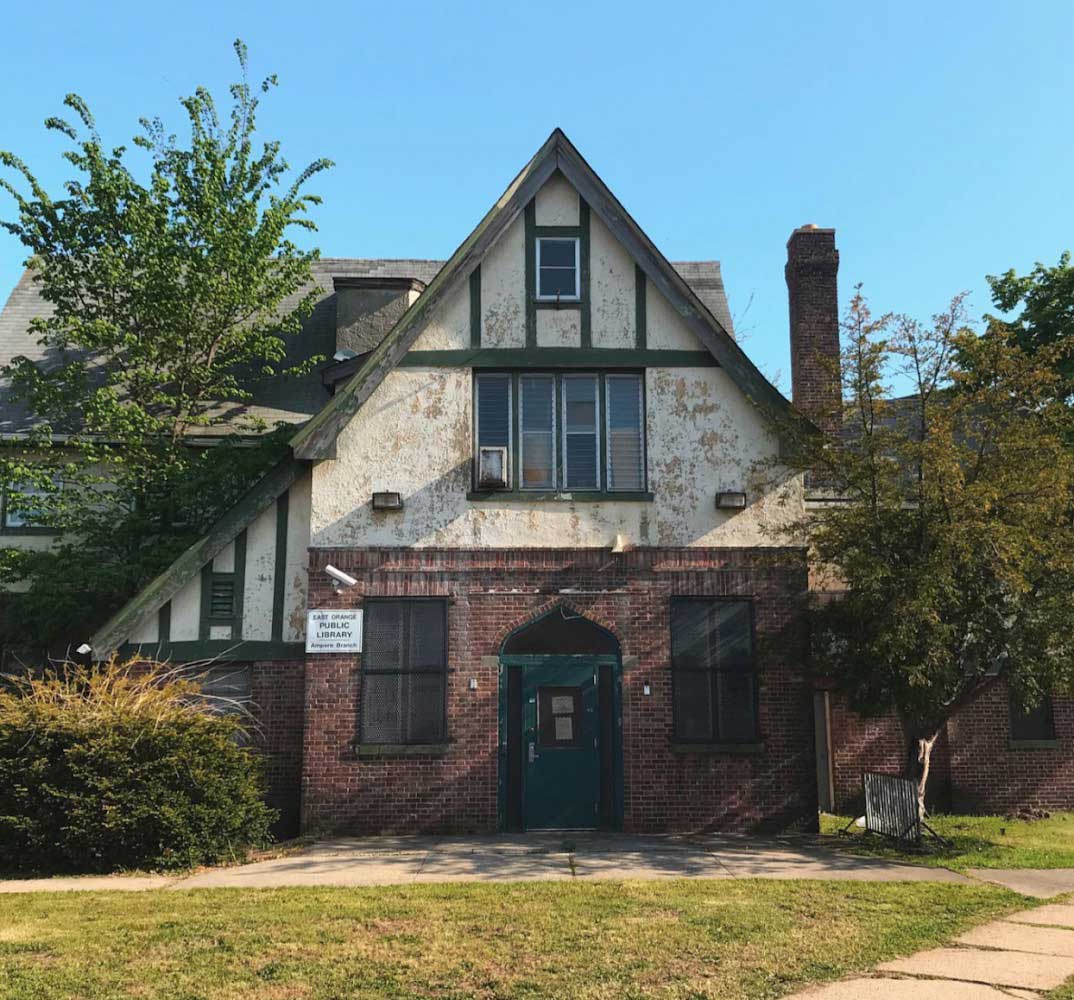
East Orange once had a reputation as one of the wealthiest suburbs until it fell on hard times. Now, one of its neighborhoods is attracting young professionals who are rehabbing its 19th-century row houses.
“I’m a big fan of historic homes, but I wasn’t qualifying for a lot of homes that I saw,” said James Fulton, a first-time homeowner who bought a Victorian-era home this year. “My focus wasn’t the neighborhood so much as the type of home I wanted. Ampere made sense on a lot of levels.”
The neighborhood was once home to the Crocker-Wheeler Company, which manufactured electric equipment. In 1908, the company’s owners named their stop on the Montclair Branch railway after the French founder of electrodynamics Andre Marie Ampere.

Ampere still keeps its industrial fabric with brick warehouses and row houses that once sheltered factory workers. Nearby is the Bakery Village, the former headquarters of the Ward Baking Company that was converted into apartments. The neighborhood blossomed into a true suburb when a branch of the East Orange Public Library once occupied a Tudor-style building from 1906. The library was closed in 2018.
Today, Ampere is home to a number of mom-and-pop businesses like a pizza shop, a hardware store, and a bodega. “It’s just not the volume and variety we had in Jersey City,” Fulton said.
But part of getting in early means homeowners are willing to overlook the neighborhood’s downsides with the hope of seeing their investment flourish in the next few years.
“We both came at the right time,” said Miguel Saltos, who bought a home on the same street as Fulton. “If the train station happens and the library reopens I feel like the area can change.”
Saltos, who dedicates an Instagram page to his ongoing renovation, was used to good mass transit in Jersey City. PATH trains and CitiBikes connected him to restaurants, shopping, and nightlife. Saltos is hoping similar infrastructure can be built in his new community. “Better public transportation is the one thing that will unite East Orange with the rest of the area,” he said. “Commuters will bring new ideas and business into town.”
One idea Saltos is pushing for is restoring the train station service, which was suspended in 1991. The historic train station, once listed in the National Register of Historic Places, was demolished four years later after suffering a fire. But Saltos has started a petition and Facebook page to rally the residents in his neighborhood to make enough noise to restore rail service.
In 2005, a feasibility study was published that explored the possibility of restoring service. It is estimated that about 700 riders would use the station each day, which would make the station busier than stations in both Watsessing and North Elizabeth. The estimated cost of the project would be about $8 million.

In the meantime, Ampere residents are optimistic not only about their neighborhood but East Orange as a whole. Demolition has begun along Main Street to make way for a new 820-unit mixed-use project called Crossing at Brick Church.
“There’s so much potential in this neighborhood,” Fulton said.